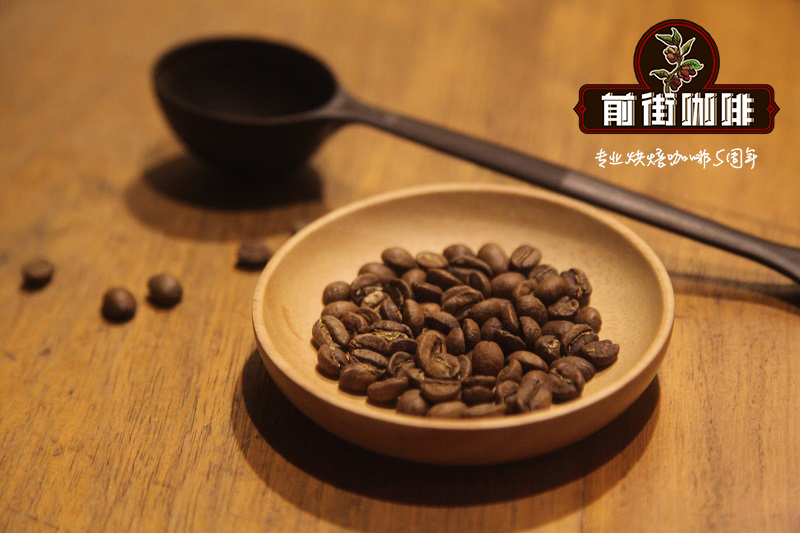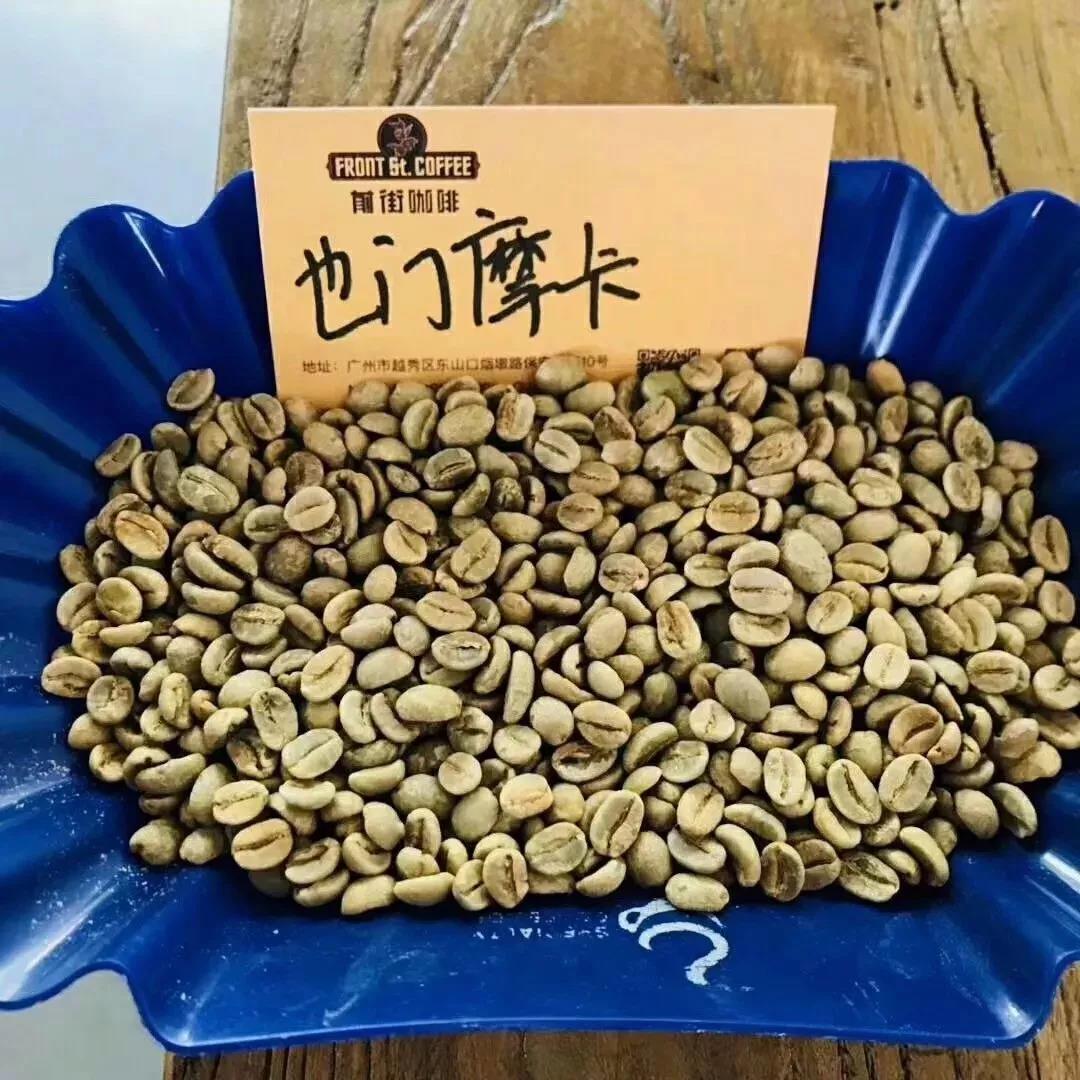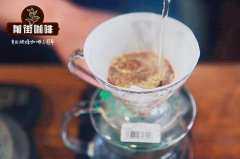Yemeni Coffee Ancient Morning Coffee Mocha Coffee and Yemeni Coffee Origin History

Professional coffee knowledge exchange more coffee bean information please follow the coffee workshop (Wechat official account cafe_style)
Each country's history records its own culture and craftsmanship. For example, Japanese paper, Indian silk and Persian carpets. When it comes to Yemen, the most representative is coffee. Nothing in Yemen highlights the uniqueness of the country more than the unique history of the coffee trade and ancestral coffee-growing techniques.
Coffee is rooted in a dramatic history.
Do you know which country coffee originated? There is bound to be a stir of controversy. It is said that coffee was first found in Ethiopia, but at the same time, Ethiopia's neighbor, Yemen, was also growing and drinking coffee.
The history of coffee dates back centuries, and the study of its roots is based on some incomplete records and fascinating myths and legends. However, we know that in the 15th century, Sufi monks in Yemen began to grow, drink and sell coffee. With the passage of time, Yemen began to produce coffee with distinctive flavor by taking advantage of its unique climate and location.
However, gold always shines, and Yemeni coffee soon occupies a place in the economy, history and culture of the coffee circle, and even the influence of Yemeni coffee still reverberates throughout the world today.
Coffee represents the focus of trade, social and even religion, ushering in the era of cafes, boosting Yemeni exports and even becoming a sacred medicine for Muslim monks to pray. However, coffee does not only have a good impact on Yemen. Yemeni coffee has also been hit by a controversial ban and become a victim of the war.
Moha to Mocha
The starting point of Yemeni coffee for the dramatic contribution to world history comes from the port city of Al-Makha Moha. Under the patronage of the Ottoman Empire, Yemen carefully manages its caffeine products. Insisting on not selling live coffee trees and seeds awakened the sleeping port and established a global coffee monopoly market.
Coffee from Moha began to be called mocha coffee, if the name is already a chocolate coffee drink. Mocha is certainly one of the varieties of coffee from Yemen, and a cup of SCA is defined as "generally speaking, the taste and flavor are similar to bourbon".
However, Yemen did not keep the secret in several ways: Dutch traders finally got live coffee trees by other means. Over the decades, coffee trees have been planted in places outside the Ottoman Empire and outside Yemen. The connection between the port of Moha and the Indonesian island of Java has also created the world's oldest known coffee mix-Java mocha coffee.
With the increase in coffee cultivation around the world, Yemen's coffee monopoly empire is in decline.

Modern mocha
Even later, many other parts of the world have overtaken Yemen in coffee cultivation and production, but in today's boutique coffee era, Yemeni coffee still has a high reputation in the world. It has a wild and unique flavor, and continues to attract coffee gluttons.
Perhaps this can be attributed to the fact that although the Moha era has been a thing of the past for centuries, Yemeni farmers still love and stick to their jobs as if they had not changed for 400 years.
A trip to the 2017 Yemeni coffee farm is likely to make you feel like you've gone back in time. There is no debate between manual and mechanized harvesting. For them, the only suitable method is coffee on the jagged hilltops of Yemen, where germination is 100% natural selective logging and drying.
There is a proverb among Yemeni farmers that translates into Chinese, "you treat coffee like you care about a child." Visit their farm and you will feel the truth of this proverb.
Growing coffee on high-altitude slopes, farmers pass down delicious coffee as a heritage and cultivate it carefully from generation to generation. Whether they grow coffee seeds in a special environment to reduce moisture, or burn weeds regularly every Saturday to kill pests, or use local livestock to provide organic fertilizer-you will find that they rarely use chemicals and pesticides, but take good care of coffee trees in their own way.
Drinking a cup of Yemeni coffee is very special. It is not only a refreshing agent of caffeine, a journey to experience the history of coffee, but also the enlightenment of a country's culture and craftsmanship.
Even now, the coffee world in Yemen is transforming, growing, and persisting in a catastrophic civil war and humanitarian crisis, with many unresolved issues shaping the future of Yemeni coffee.
However, the passion to inspire coffee craftsmanship in Yemen still exists. Coffee growers and entrepreneurs who have devoted themselves to the past process of Yemeni coffee still believe that nature will give Yemeni coffee a more optimistic and brighter future.
Important Notice :
前街咖啡 FrontStreet Coffee has moved to new addredd:
FrontStreet Coffee Address: 315,Donghua East Road,GuangZhou
Tel:020 38364473
- Prev

Ethiopian Coffee producing areas distribute Ethiopian Coffee beans stories Ethiopian Coffee
Professional coffee knowledge exchange more information on coffee beans Please follow the coffee workshop (Wechat official account cafe_style) Coffee first discovered that the Kafa continent in southern Ethiopia was located in the place name Kaffa, and it was not officially named after Coffee until the 18th century. The geographical environment of Ethiopia is very suitable for coffee growth. nowadays, coffee is mainly grown between 1100 meters and 2000 meters above sea level.
- Next

What are the changes in the characteristics and flavor of bourbon coffee from different producing areas _ how much is a pack of bourbon beans
Professional coffee knowledge exchange more coffee bean information please follow the coffee workshop (Wechat official account cafe_style) bourbon coffee bean brand recommendation: which producing area of bourbon coffee is the best? How much is the red bourbon and yellow bourbon coffee beans? After the early (prehistoric coffee) iron pickup was transplanted to Yemen, the bean shape changed from thin and pointed to round. In 1715, France transplanted the circle of the Yemeni mocha
Related
- Beginners will see the "Coffee pull flower" guide!
- What is the difference between ice blog purified milk and ordinary milk coffee?
- Why is the Philippines the largest producer of crops in Liberia?
- For coffee extraction, should the fine powder be retained?
- How does extracted espresso fill pressed powder? How much strength does it take to press the powder?
- How to make jasmine cold extract coffee? Is the jasmine + latte good?
- Will this little toy really make the coffee taste better? How does Lily Drip affect coffee extraction?
- Will the action of slapping the filter cup also affect coffee extraction?
- What's the difference between powder-to-water ratio and powder-to-liquid ratio?
- What is the Ethiopian local species? What does it have to do with Heirloom native species?

